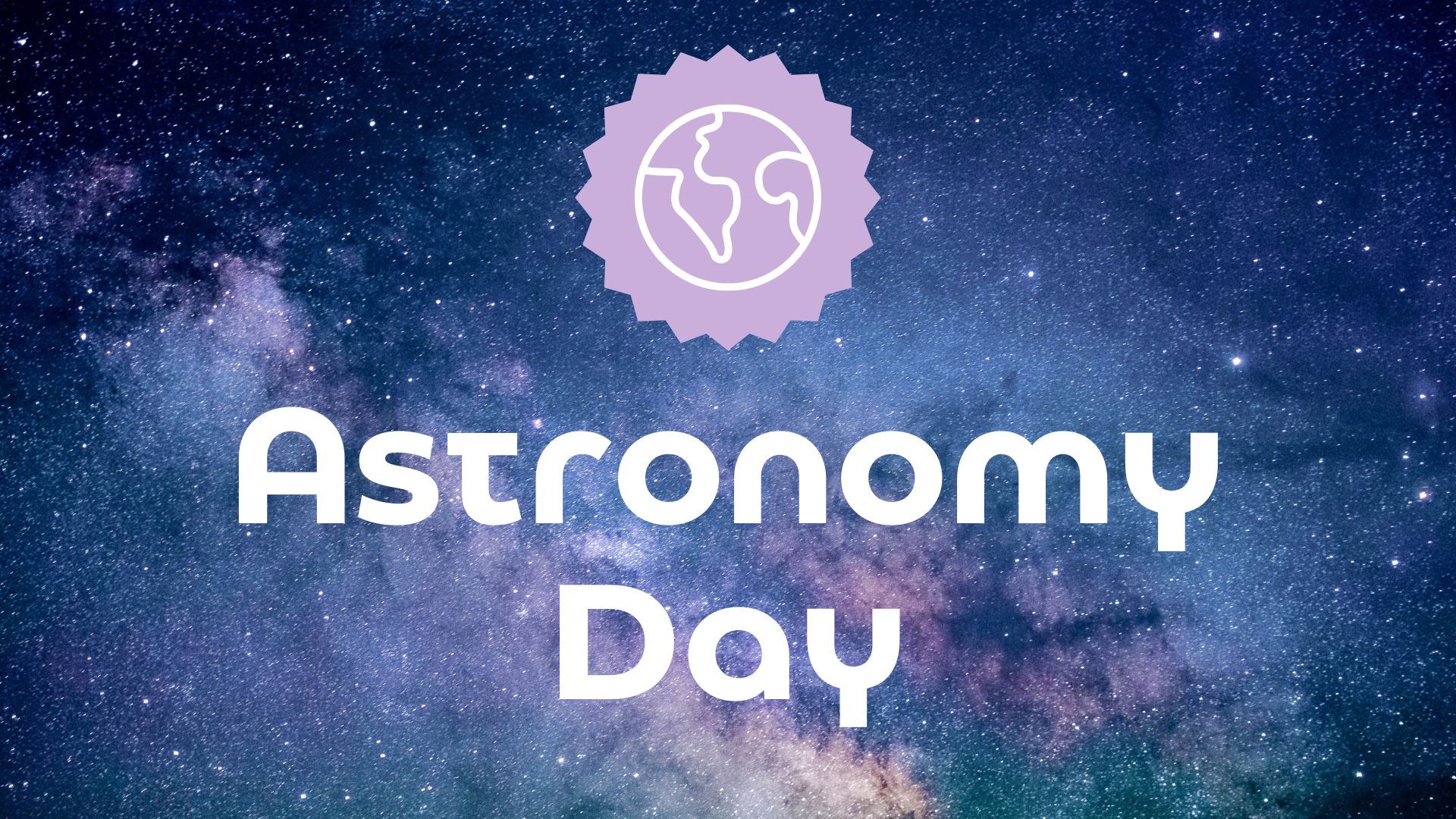Astronomy Day 5/18/24
Astronomy Day is a grass roots movement designed to share the joy of astronomy with the general population – “Bringing Astronomy to the People.” On Astronomy Day, thousands of people who have never looked through a telescope will have an opportunity to see first-hand what has so many amateur and professional astronomers all excited. Astronomy clubs, science museums, observatories, universities, planetariums, laboratories, libraries, and nature centers host special events and activities to acquaint their population with local astronomical resources and facilities. Many of these events are located at non-astronomical sites; shopping malls, parks, urban centers—truly Bringing Astronomy to the People. It is an astronomical PR event that helps highlight ways the general public can get involved with astronomy – or at least get some of their questions about astronomy answered. Astronomy Week encompasses Astronomy Day starting on the previous Monday and ending on the following Sunday.
Astronomy Day was born in California in 1973. Doug Berger, then president of the Astronomical Association of Northern California, decided that rather than try to entice people to travel long distances to visit observatory open houses, they would set up telescopes closer to where the people were – busy locations – urban locations like street corners, shopping malls, parks, etc.
His strategy paid off. Not only did Astronomy Day go over with a bang, not only did the public find out about the astronomy club, they found out about future observatory open houses. Since the public got a chance to look through a portable telescope, they were hooked. They wanted to see what went on at the bigger telescopes, so they turned out in droves at the next observatory open house.
Astronomy Day events take place at hundreds of sites across the United States. Internationally England, Canada, New Zealand, Finland, Sweden, the Philippines, Argentina, Malaysia, Iran, Ireland, New Guinea plus many other countries have hosted Astronomy Day activities. Each location plans and executes events that work best for their local area. To locate the nearest event or to list your events go to the Astronomy Day web page and click on the appropriate links, https://www.astroleague.org//al/astroday/astrodayform.html
In 2007, the League started promoting both a Spring and Fall Astronomy Day so that hosts could decide which season worked best for them. Groups may host events on either or both dates. Spring Astronomy Day occurs sometime between mid-April and mid-May on a Saturday near or before the 1st quarter Moon. Fall Astronomy Day occurs sometime between mid-September and mid-October. Astronomy Week was created to give sponsoring organizations a longer period of time to host special events. Some local Astronomy Week celebrations have actually been longer than just one week.
Activities have included talks by astronauts, astronomers and NASA personnel, Moon rocks, a Moon gravity simulator, games, prizes, astronomical food, scale models of the solar system, space hardware, space ballets and poetry and, of course, actual outdoor observing (daytime and nighttime) with a telescope. Daytime observations include SAFE ways to observe the Sun. Many organizations host elaborate exhibits at shopping malls, museums, nature centers, libraries, etc. Teachers have used Astronomy Day to promote the study of astronomy with their classes.
Astronomy Day Handbook
The Astronomical League maintains an office to assist groups who want to host special Astronomy Day events. This office attempts to gain publicity for the day in general and, in cooperation with Sky & Telescope magazine, the Astronomy Day Headquarters has a free handbook listing ideas, activities, resources and suggestions for groups wishing to host Astronomy Day events available for FREE downloading by clicking the appropriate link on the Astronomy Day web page: https://www.astroleague.org//al/astroday/astrodayform.html

